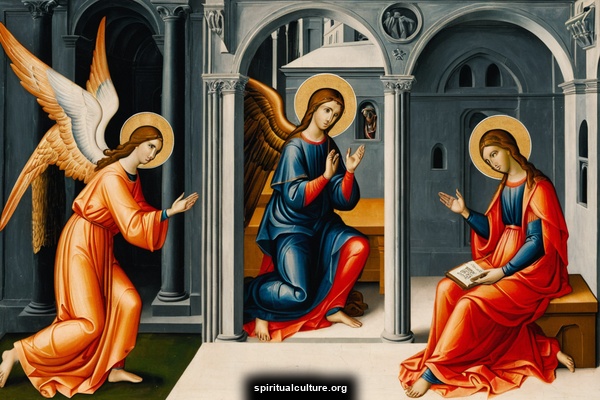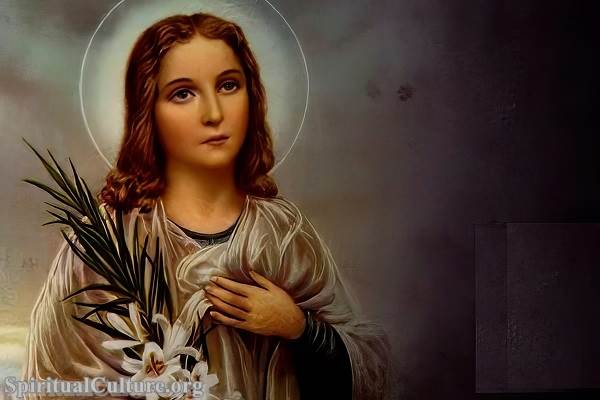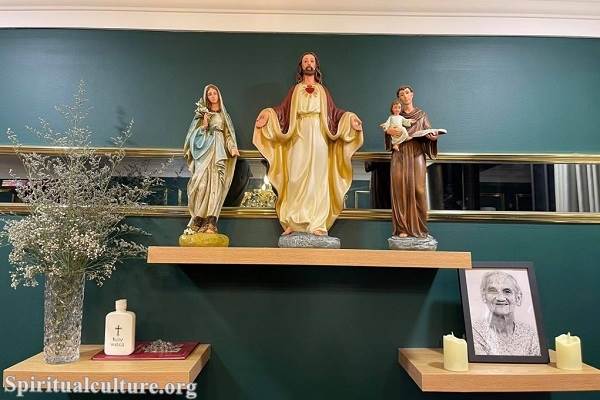Pilgrimage is one of the most ancient and enduring practices of the Catholic faith. From the earliest days of Christianity, believers have traveled great distances to visit sacred sites, not as tourists, but as seekers — hungry for grace, healing, forgiveness, and deeper communion with God.
But what makes a journey a pilgrimage? Where do Catholics go, and why do these places carry such spiritual power?
As Spiritual Culture, let us journey through the meaning, history, and living heartbeat of Catholic pilgrimage. We’ll explore not only the holy sites, but the holy longing behind every step — the longing for God, for healing, for purpose, and for peace.
What Is a Catholic Pilgrimage?
A Catholic pilgrimage is a spiritual journey made to a sacred place with the intention of encountering God more deeply.
Unlike ordinary travel, pilgrimage is a form of devotion — a visible expression of faith, penance, and longing for transformation. Pilgrims go with hearts open, often carrying prayer requests, gratitude, or burdens they seek to lay down. It’s a sacred act rooted in Scripture and tradition.
“Blessed are those whose strength is in you, whose hearts are set on pilgrimage.” — Psalm 84:5
Pilgrimage often involves:
- Physical travel to a holy site
- Prayer, Mass, and confession
- Acts of penance (walking barefoot, fasting, etc.)
- Spiritual reflection and community
It is a bodily and spiritual movement — just as Christ walked, so do pilgrims. And just as Mary visited Elizabeth, so the faithful visit places where heaven has touched earth.
Why Do Catholics Go on Pilgrimage?
To Seek a Deeper Encounter with God
Pilgrimage is a living prayer. Many go seeking:
- Healing from illness or inner wounds
- Forgiveness through confession and renewal
- Discernment during major life decisions
- Thanksgiving for blessings received
- Connection to the saints and history of the Church
Each step can become a prayer, each destination a place of grace.
To Walk in the Footsteps of Saints and Christ
Catholics often visit places where:
- Jesus lived, died, and rose again
- Mary appeared (Marian apparitions)
- Saints were born, lived, or were martyred
By walking where holy people walked, pilgrims are drawn closer to their witness, their courage, and their intercession.
As an Act of Penance or Gratitude
In many cultures, pilgrimage is a way of doing penance — walking long distances, enduring hardship, or offering suffering as reparation for sin. Others make pilgrimage in thanksgiving after receiving a miracle, a conversion, or protection.
For the Journey Itself
Pilgrimage is not just about the destination — the journey itself becomes sacred. Walking, praying, encountering others — all of it forms the pilgrim’s soul.
Scriptural Roots of Pilgrimage
The Bible is filled with holy journeys:
- Abraham left his home seeking God’s promise (Genesis 12).
- The Israelites journeyed through the desert toward the Promised Land.
- Jesus Himself went on pilgrimage to Jerusalem, especially for Passover (Luke 2:41–42).
Pilgrimage is deeply woven into salvation history. In Catholic theology, life itself is a pilgrimage — we are all traveling home to God.
“For here we have no lasting city, but we are looking for the city that is to come.” — Hebrews 13:14
Major Catholic Pilgrimage Destinations
Lourdes, France
One of the most visited pilgrimage sites in the world. In 1858, the Virgin Mary appeared to a young girl, Bernadette Soubirous, in a grotto. Since then, Lourdes has become known as a place of miraculous healing, especially through its spring water.
Over 70 miraculous healings at Lourdes have been officially recognized by the Church.
Santiago de Compostela, Spain
The destination of the Camino de Santiago (Way of St. James), a network of pilgrim routes across Europe. Pilgrims walk for weeks or months toward the tomb of Saint James the Apostle. It is both a physical and spiritual transformation.
“The Camino doesn’t end at Santiago. It begins there — in the soul.”
Vatican City and Rome
Catholics flock to:
- St. Peter’s Basilica, built over the tomb of St. Peter
- The Vatican Museums, rich in sacred art and history
- The tombs of apostles and martyrs scattered throughout Rome
It is the heart of the Catholic Church — a place of history, unity, and authority.
Fatima, Portugal
In 1917, three shepherd children witnessed apparitions of the Virgin Mary. Fatima has since become a place of prayer, penance, and powerful Marian devotion — especially during the “Miracle of the Sun.”
Jerusalem and the Holy Land
Perhaps the most profound of all, a pilgrimage to:
- Bethlehem (birth of Jesus)
- Nazareth (His childhood home)
- Jerusalem (His Passion, Death, and Resurrection)
To walk the Via Dolorosa, to pray in the Church of the Holy Sepulchre — it is to touch the very soil of salvation.
Guadalupe, Mexico
In 1531, the Virgin Mary appeared to Juan Diego, an indigenous convert. Her image miraculously imprinted on his cloak, now housed in the Basilica of Our Lady of Guadalupe, which draws over 20 million pilgrims yearly.
She is called “Mother of the Americas” — a symbol of unity and hope.
Lesser-Known but Powerful Pilgrimage Sites
Knock, Ireland
Apparition site of Mary, St. Joseph, and St. John in 1879 — a symbol of hope amid Irish suffering.
Czestochowa, Poland
Home of the Black Madonna, a miraculous icon of Mary known for protection and resilience, especially during times of war.
Montserrat, Spain
A mountaintop monastery with the Virgin of Montserrat, a beloved Marian figure for Catalan Catholics.
Our Lady of La Vang, Vietnam
A place of refuge and Marian apparition during Catholic persecution — a strong symbol of faith under fire.
The Experience of the Pilgrim
Inner Journey, Outer Steps
Pilgrims often speak of unexpected grace: moments of surrender, tears during Mass, encounters with strangers who became companions. A pilgrimage strips away the distractions of daily life — exposing the soul.
Many begin the journey physically tired but return spiritually renewed.
Community and Solitude
Some pilgrims walk alone, in silence. Others go in groups, sharing songs and stories. Both solitude and community become ways of encountering God.
“Even when we walk alone, we never walk without Christ.”
A Taste of Heaven
In many ways, pilgrimage is a rehearsal of heaven — people of all nations gathered in prayer, worship, and joy. It reminds us that faith is not a private matter, but a shared longing.
Pilgrimage in Everyday Life
Not everyone can travel across the world — but pilgrimage is not limited to geography.
Local Shrines and Churches
Many Catholics visit nearby shrines, cathedrals, or places where miracles or martyrdoms occurred. Even a journey to one’s diocesan cathedral during a Jubilee Year can be a valid pilgrimage.
Walking with Intent
Some make a spiritual pilgrimage by walking through nature, praying the Rosary, visiting Stations of the Cross, or attending retreats. The essence is not distance, but desire.
The Interior Pilgrimage
Ultimately, pilgrimage is about the heart. Each of us is on a journey toward holiness. Every prayer, every Mass, every act of love — is a step toward the eternal.
“Life is a pilgrimage. We are pilgrims journeying to the Father’s house.” — Pope Francis
Reflect and Reimagine
A Catholic pilgrimage is more than travel. It is a sacred journey of the soul — a path marked by longing, prayer, and transformation. In walking to holy places, we walk deeper into the mystery of God, of self, of community, and eternity.
Whether you travel to Lourdes or your local chapel, your journey matters. Every step becomes prayer. Every mile becomes offering.
So where is your heart being called to go?
Perhaps today, the pilgrimage begins not with a passport, but with a prayer:
“Lord, I want to walk with You. Lead me closer.”
You don’t have to cross the world to find grace — but sometimes, in walking, we find our way back to what matters most.
If you’d like to explore more about the saints, sacred sites, or how to prepare for a pilgrimage, Spiritual Culture invites you to continue the journey with us.



